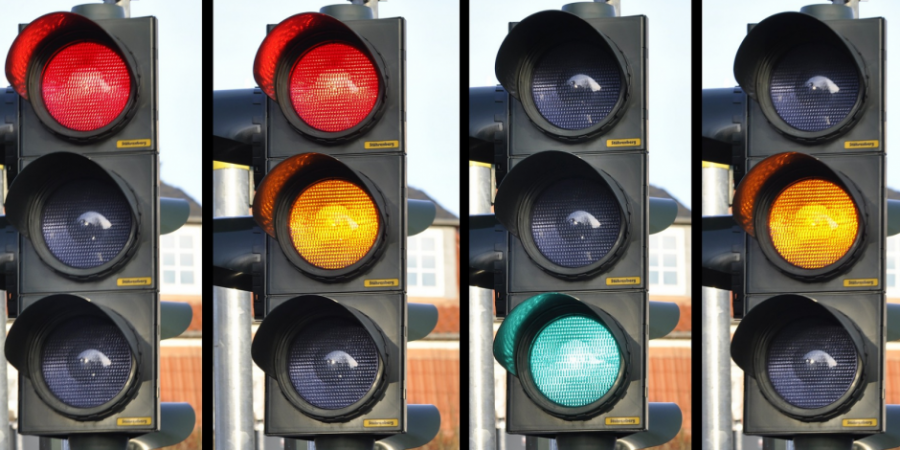Prime Day marks return to retail normal: what brands should stop, start & continue

Revenge spending is in full effect. In the first quarter, Macy’s sales jumped 56% as people geared up for a return to ‘real’ life. Similarly, Amazon announced that after an October Prime Day in 2020, they are moving their much-awaited event to June 21 this year to capture some of the dollars that are flowing. Here’s what retailers need to consider in order to keep this much-needed momentum going.
Amazon’s June Prime Day will take advantage of the excitement many people have for getting back to travel, celebrations, events, work and even school in the fall. Dubbed the ‘return of zippers’ (over the previously adopted elastic-waistband wardrobe), people are starting to stock up on a variety of items they ignored for a year or more, like luggage, nice clothes, shoes and accessories for work and fun.
As more opens up, consumers’ wallets will too. In May, 80,000 New York City workers were set to return to the office, signaling a renewed need for business casual wear, for example. And travel data company Adara notes that many novice travelers are splashing out on luxury trips this summer, which warrant splurges on designer sunglasses and fancy luggage.
However, this shift back can be confusing for retailers when it comes to messaging. Yes, it’s a relief that spending is on the upswing, but we’re also in the habit of thinking in pandemic terms – virtual events, a focus on e-commerce, and empathetic messaging. Now is the right time to assess what to stop, what to start and what to continue in order to stay in lock-step with customers and get ahead of what’s next.
Stop: leading with safety-first messaging
In May, the CDC announced that people who are fully vaccinated no longer need to wear masks in most situations, including in stores. But what should be an exciting turning point is tinged by a precedent of caution and an uneven global recovery. Walmart, The Home Depot and Target are among a growing list of stores that have dropped their mask mandates, but every city and town is a little different.
Everyone is approaching the new normal at their own pace. NielsenIQ noted that Q1 champagne sales were up as people geared up to celebrate in person again, but not everyone is in the mood to celebrate just yet. A study from McKinsey shows that about half of adults are ready to spend and have fun, while the other half prefer to wait until the pandemic is entirely resolved.
Allow the positive momentum to carry your messaging forward based on key factors like your region, what you sell, and the make-up of your customer base. To refocus people on the light at the end of the tunnel, be upbeat while also being empathetic and practical with information. As long as it follows local guidelines, it’s perfectly okay to celebrate a bit while also explaining what the new rules are.
Both Vineyard Vines and Loft recently sent out campaigns that strike a nice balance. Vineyard Vines features its ‘On-The-Go’ performance shirts for men, with imagery of a day out on the water, but also still advertises curbside pick-up options in a banner call-out at the bottom of the message. Similarly, Loft includes a countdown for customers to get ‘that summer feeling’, but still shares options for buy online pick up in-store (BOPIS).
Start: segmenting audiences based on real-time insights
Data from Campaign Monitor shows that email engagement, from volume to open rates and click-through rates, were at record highs in 2020. Many retailers are wondering how much engagement to expect as the world opens back up this summer and people abandon their computers for the real world. The answer is: it depends.
Brands must find the data and insights that provide a real-time understanding of behavior, and use those learnings to create relevant, targeted content. As the world emerges from the pandemic, it’s also important to address the multi-faceted nature of the recovery, so don’t just rely on product searches – also use more qualitative inputs. Using contextual data as well as polls and quizzes can help prioritize which messages will be most relevant.
Remember to also keep a wide view of what matters to customers. A Qualtrics study indicates that customer service and social responsibility will be big differentiators with customers post-pandemic, for example. A campaign from kid’s clothing retailer Primary highlights fun summer colors and prints while also calling out that its products are made sustainably. Patagonia takes it one step further, showcasing contributed content in its emails from real customers wearing their 100% recycled clothing in a campaign called #whatsinyourbaggies.
Continue: engaging customers with dynamic content
Brands that thrived in the pandemic were those focused on personalization. Keeping everyone engaged online will be a challenge as the world opens back up. Don’t let all of those great customer insights go to waste; instead, use them to personalize with dynamic content to encourage customers to click.
A study shows that culture shapes how people perceive actions like attending events and mask wearing, and so taking the pulse of customers with a quiz and sharing the results can help remind everyone that we’re in the transition to normal together. Perhaps share a dynamic video in an email to show what it’s like to come back to the gym, restaurant or store. For people who are excited to get back to in-person events, consider a countdown timer for when tickets go on sale, or when an event is happening in store, like a sale or trunk show. And consider adding mapping elements to remind online shoppers just how close they are to a store.
For example, Windsor included location-based maps in personalized email campaigns to help customers assemble last-minute looks while they are on the go. With inspirational imagery for spring break, festival and night-out looks, customers are encouraged to find the store nearest to them wherever they are, for any occasion.
Together, insights and engaging content can go a long way to ensuring that messages strike the right tone in this next phase of the pandemic. There’s a lot to celebrate, and having an effective, data-driven approach to customer communication can, and should, be one of them.
Source: , The Drum


